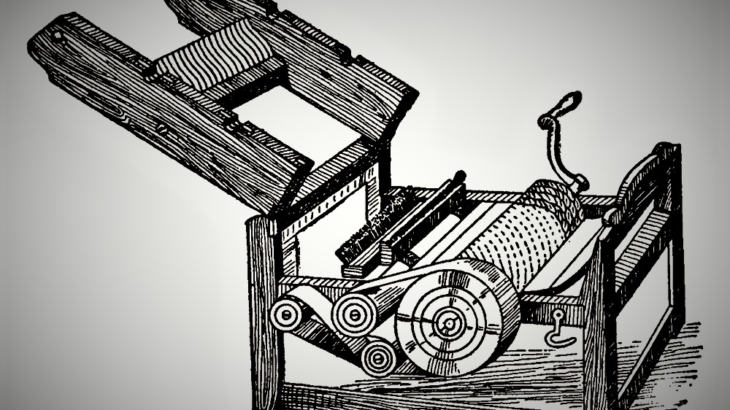This civil war was different, however. Although the populations of the northern and southern states were hardly unified in their views on slavery and secession the war drew lines between regions, something that didn’t happen in the American Revolution.
The idea of secession had surged a couple of times previously. Near the end of the War of 1812 The Hartford Convention (December 1814-January 1815) met to air grievances about the conduct of the war. They also addressed the process for the admission of new states, but the main concern was the 1807 Embargo and the effect it had on the New England economy. Some ports such as Salem, Massachusetts never recovered fully. Secession was discussed but in the end didn’t go beyond discussion. The fact that it came up and was debated is in itself significant, however.
The second time secession came up in a big way was the Nullification Crisis of 1832-33. Tariffs on imported goods were imposed in 1828 and 1832. The state of South Carolina declared that the tariffs were null (ie not in effect) within their state. Secession was threatened under the leadership of John C. Calhoun. Eventually the federal government backed down and reduced the tariffs and the crisis was over. But, the specter of secession had been raised again.
This goes back to Shelby Foote’s comment about how the states saw themselves within the Union, as constituent parts. They still do, but there is a sense of unity that didn’t exist before the war.
The immediate cause for secession was the election of 1860. It is impossible to rehearse the political history of the country in the decades leading up to it. Suffice it to say that slavery was the elephant in the room in every political debate during that period. It dominated the admission of new states, the creation of territories, and the management of the economy. The compromises of 1820 and 1850 lowered the temperature for awhile but only added fuel to the fire in the long term. The issue of slavery and the admission of free vs. slave states came to a head with the bloody division of Kansas known as “Bleeding Kansas,” with two separate state governments in power at the same time.
Where was President James Buchanan? Doing the equivalent of Donald Trump’s watching tv during the January 6 insurrection. Nothing. He had already checked out.
After the election of 1860 Abraham Lincoln won by a minority. He wasn’t even on the ballot in a number of southern states. By February, 1860 seven states had seceded. Eleven in total seceded. The Confederate States of America was formed on February 4.
After the war the states were readmitted beginning in 1868 during Reconstruction, which lasted until 1877.
This is the most significant constitutional crisis the country ever faced. The process of admitting states was called into question. The definition of equality was called into question as well as the makeup of the voting franchise.
This is one way in which the nineteenth century shaped who we are. It raised the issues of voting and civil rights. It certainly didn’t resolve the issue but it put the issues in the public eye in a way that couldn’t be ignored any longer.

 https://www.nps.gov/lowe/learn/historyculture/the-mill-girls-of-lowell.htm
https://www.nps.gov/lowe/learn/historyculture/the-mill-girls-of-lowell.htm







